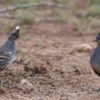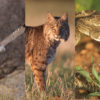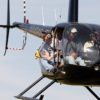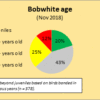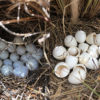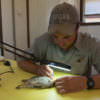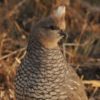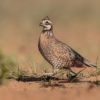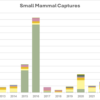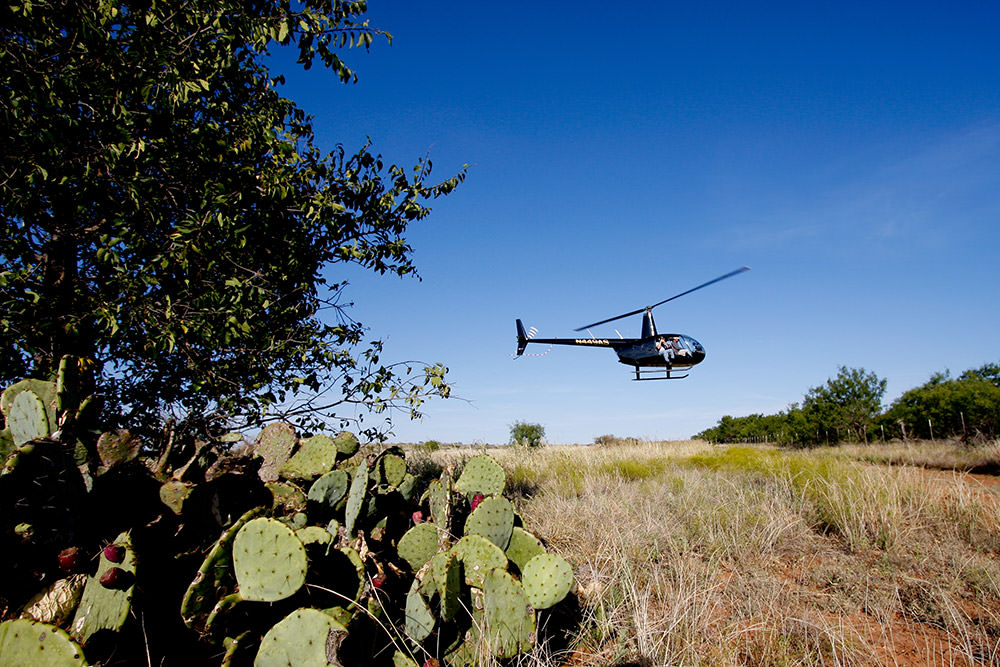
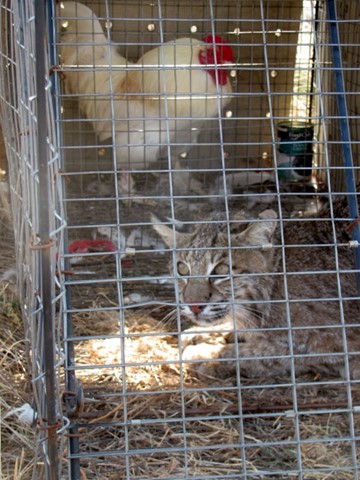 Trapping is one of the oldest forms of harvesting wildlife and has been happening since prehistoric times. Here at the ranch, we trap in an effort to protect our quail and their nests. We trap during the Spring and Summer months because this is when our birds are nesting (we have found 22 nests this month!). Our main perpetrators are “mesocarnivores”, e.g., racoons, skunks, and bobcats.
Trapping is one of the oldest forms of harvesting wildlife and has been happening since prehistoric times. Here at the ranch, we trap in an effort to protect our quail and their nests. We trap during the Spring and Summer months because this is when our birds are nesting (we have found 22 nests this month!). Our main perpetrators are “mesocarnivores”, e.g., racoons, skunks, and bobcats.
We use different types of traps depending on our targeted species, including: cage (“box”) traps, bobcat traps (a larger cage trap with a compartment in the back to accommodate a rooster) and “dog-proof traps” (e.g., “coon cuffs” that require the animal to reach into the trap to activate the trapping mechanism). There are also foothold traps (aka “steel traps”—we don’t use them as much because of bird dogs) and neck-snares if you have net-wire fencing.
We bait the cage traps with canned cat food (sardines are another popular option), the bobcat traps with live roosters, and the dog-proof traps with marshmallows. We place traps strategically, especially around our water sources. Since initiating trapping in mid-March, we have trapped 24 racoons and 17 skunks. Stay tuned for updates during our nesting season.
If you decide to implement a trapping regime on your property, consider these guidelines:
- good habitat should always be your first line of defense against predation;
- use game cameras to monitor focal sites (water, feeders);
- use both cage traps (1 or 2) and dog-proof traps (3 to 5) at the same site in an effort to remove a family group of raccoons at one time to prevent others from becoming “trap-shy;”
- use 2 or more rooster traps in “close proximity” (i.e., within a mile of each other) so when they crow back and forth to each other at sunrise, it will attract bobcats (and raccoons);
- our cage traps are 4-ft in length, such “longer” traps are preferred if foxes (e.g., gray foxes) are common;
- alternate bait in cage traps from cat food to whole eggs if/as ants prove problematic;
- use snares if your perimeter fences are net-wire, and finally,
- always observe all state and local laws concerning trapping, and dispose of carcasses properly and ethically.
We’ll address control of feral hogs in another issue. For more information about predator management for wildlife operations, see Predator Control as a Tool in Wildlife Management | Publications | AgriLife Learn (tamu.edu) and watch this month’s featured webisode. – by Jake Bonnell



